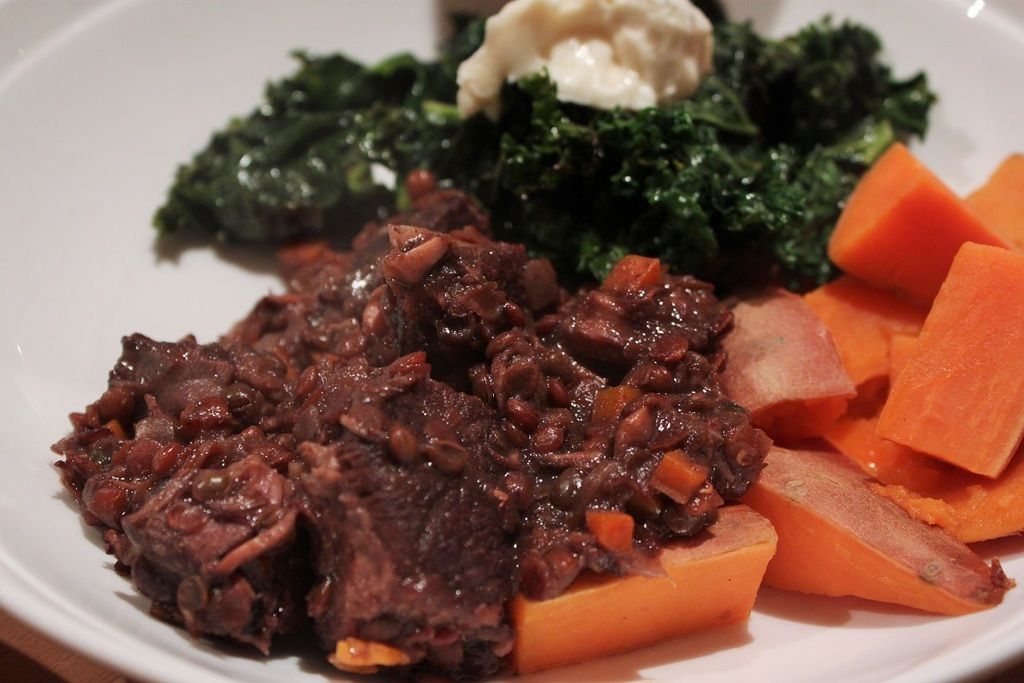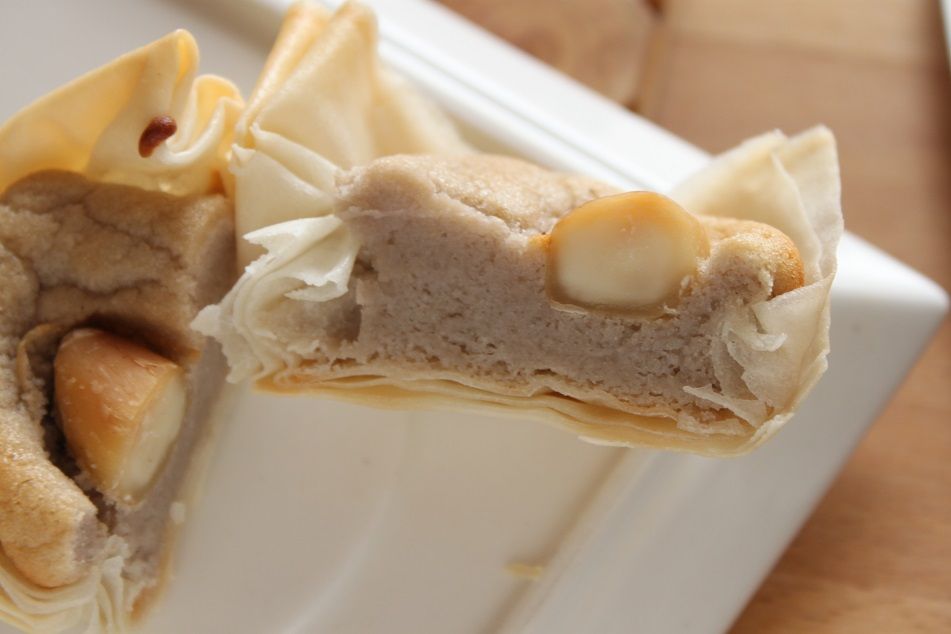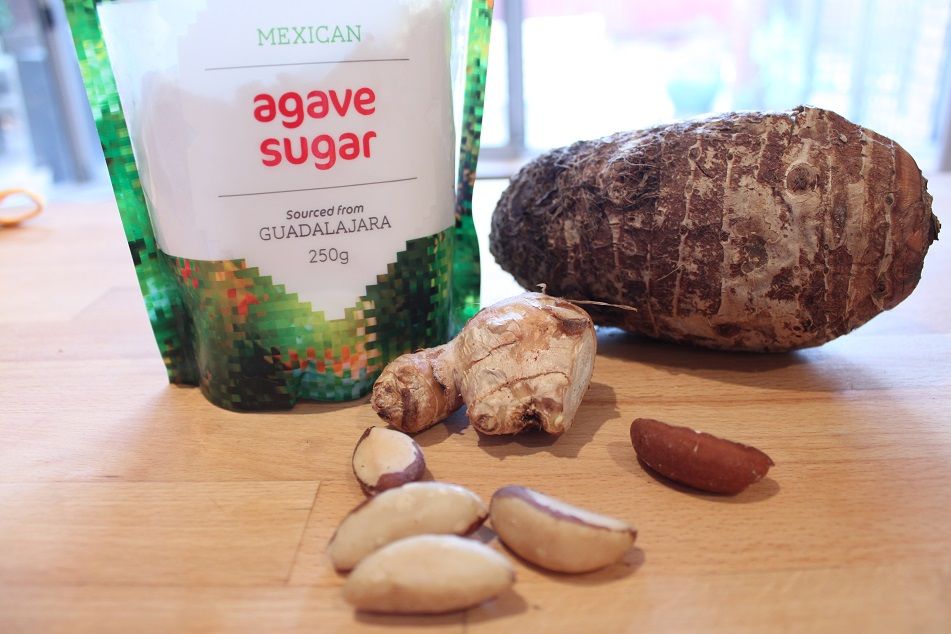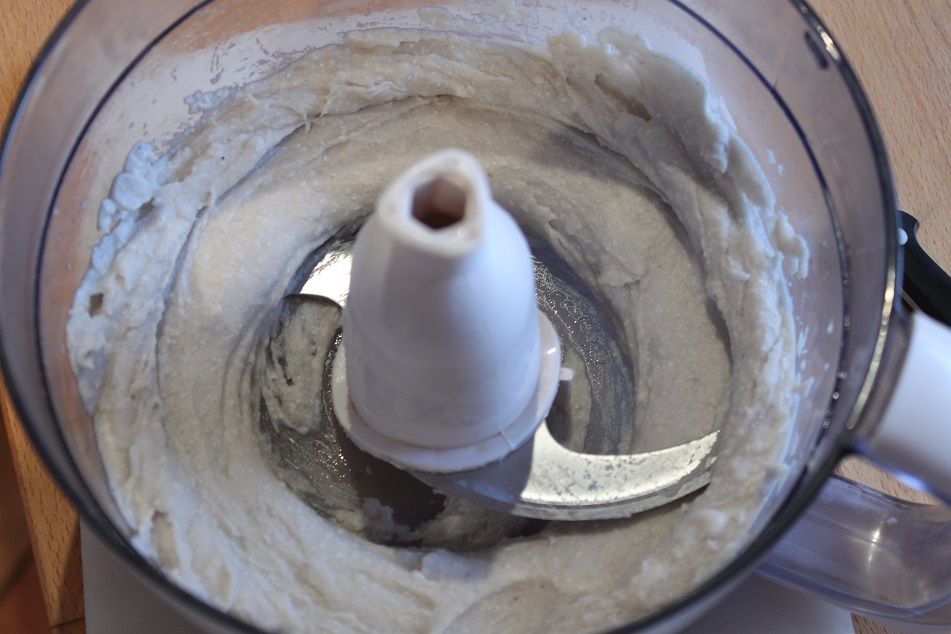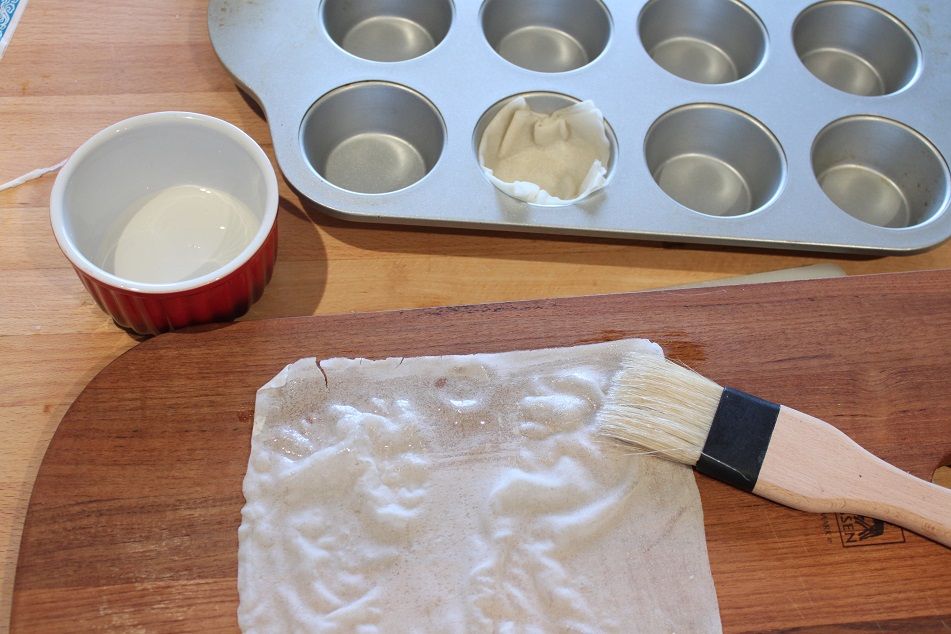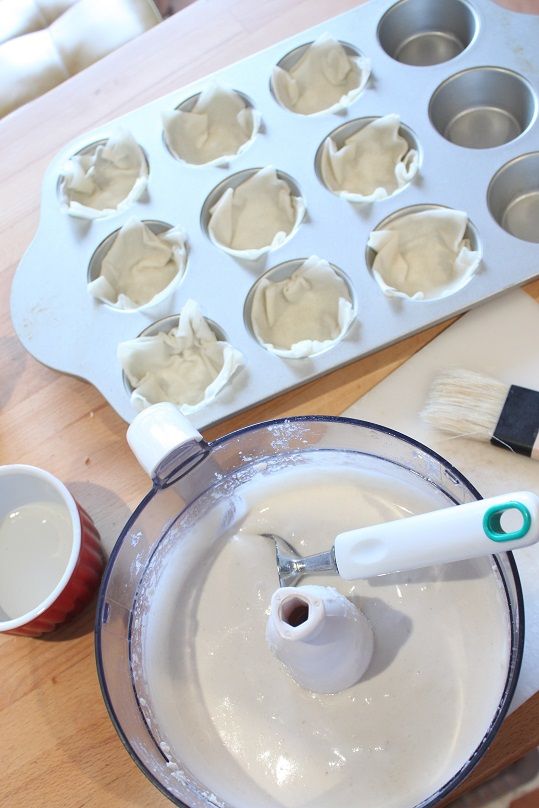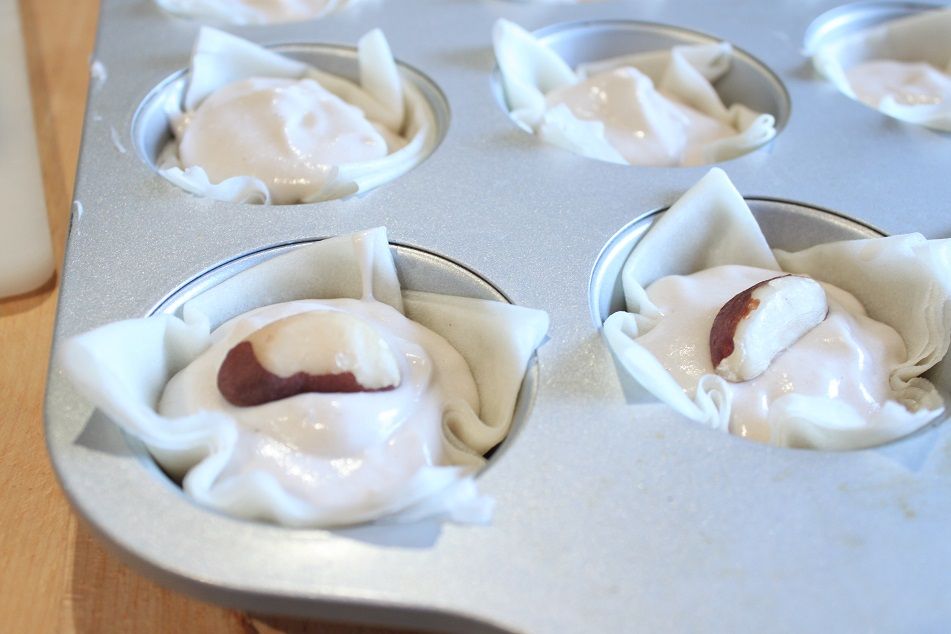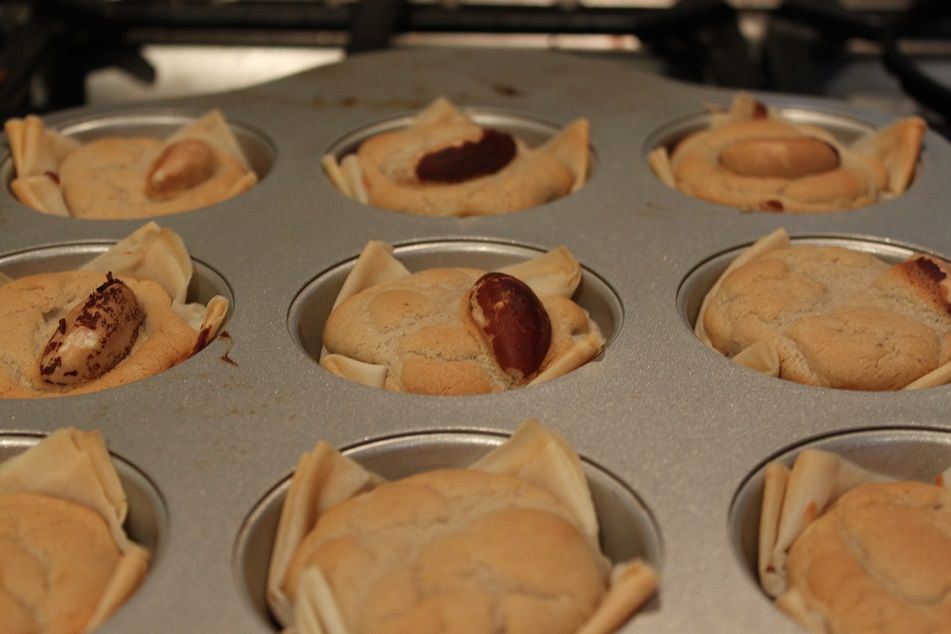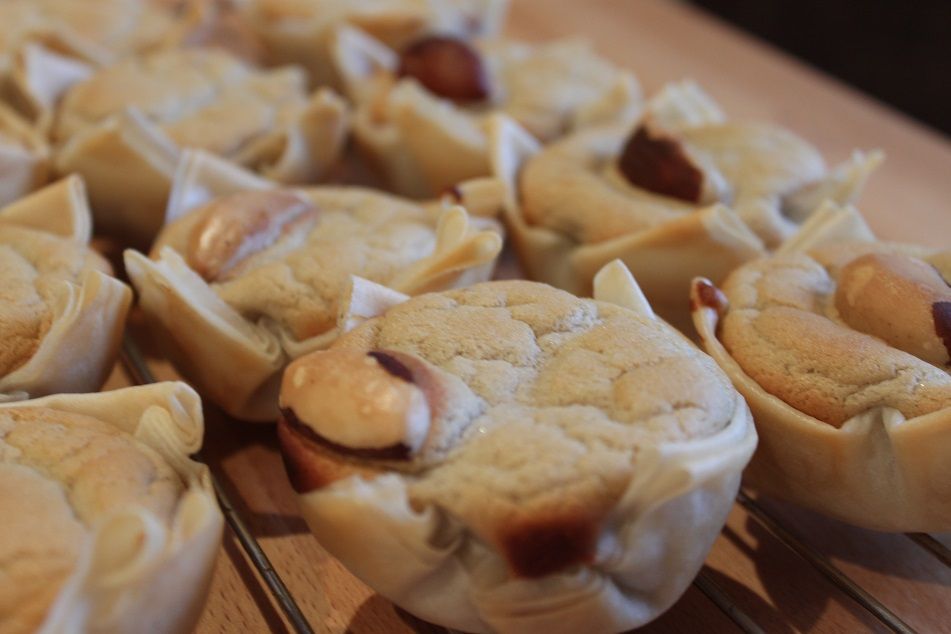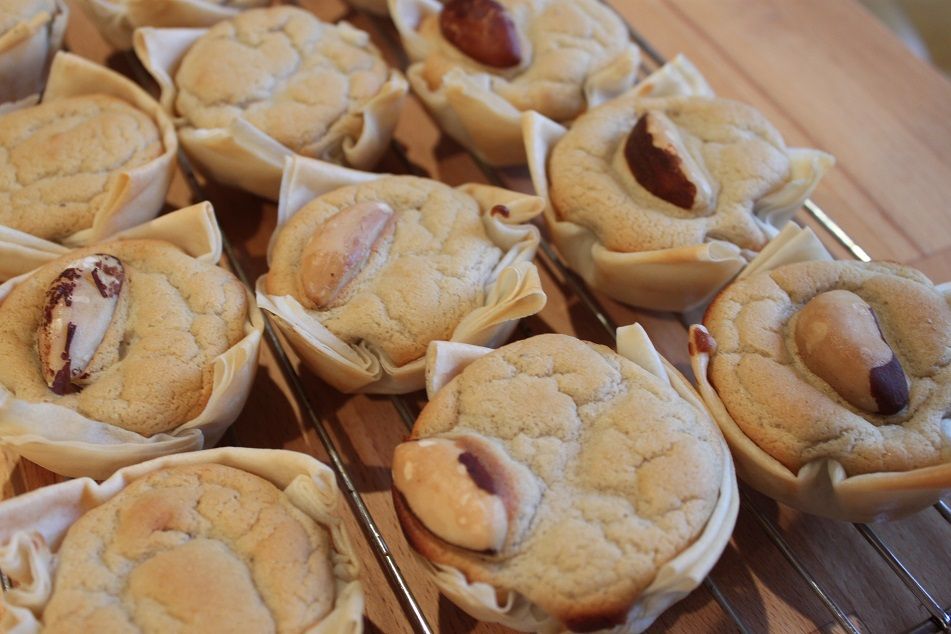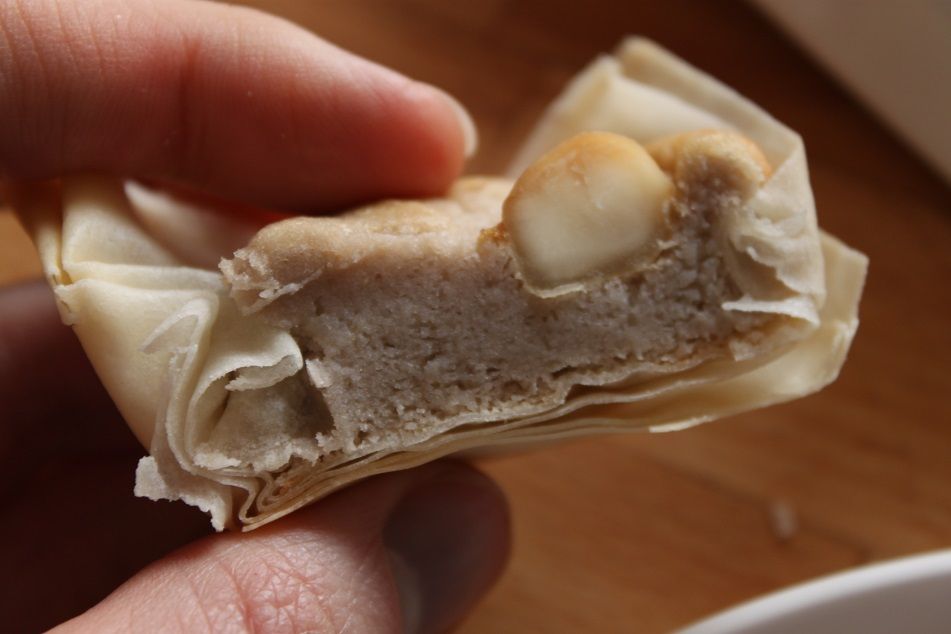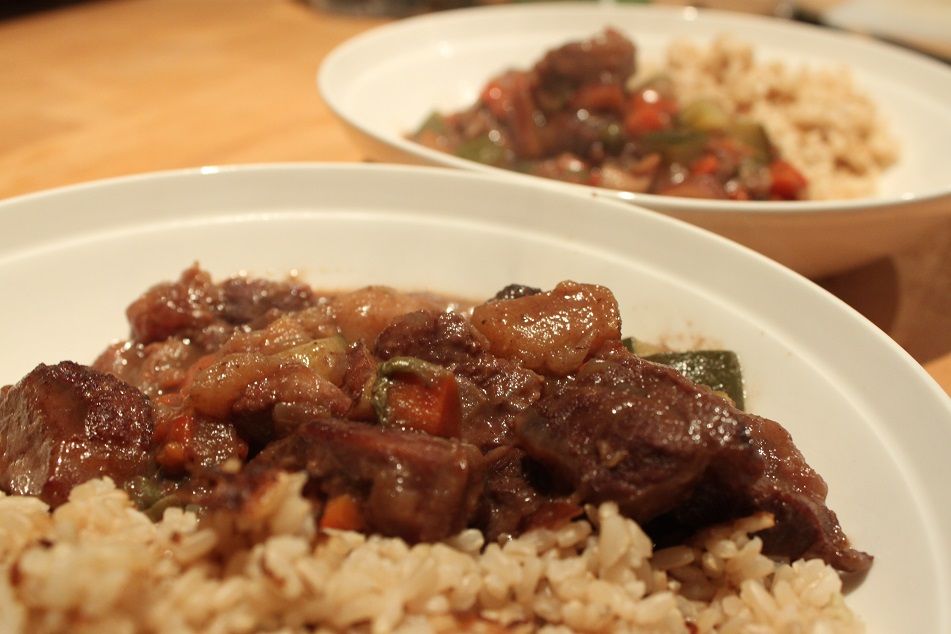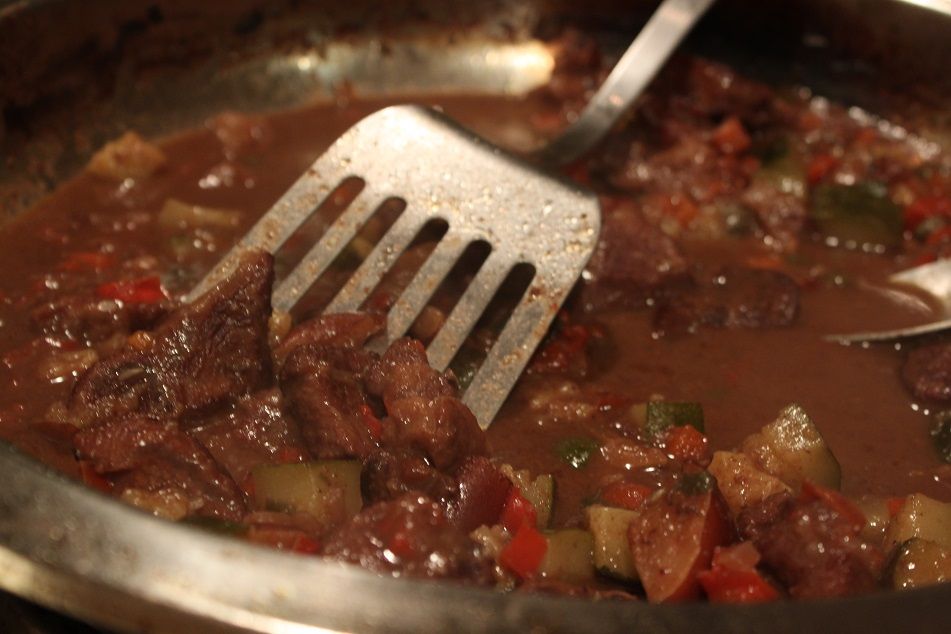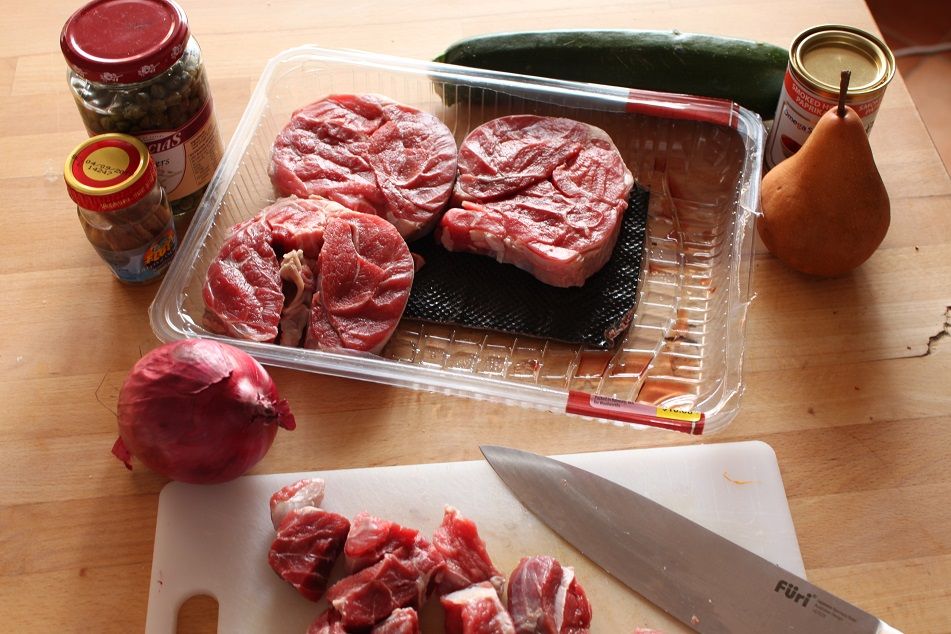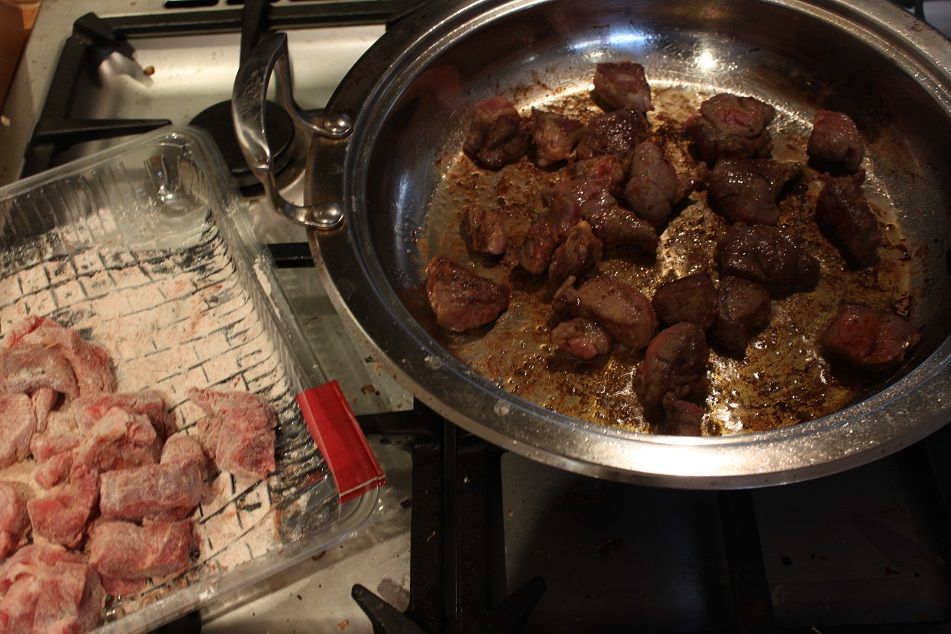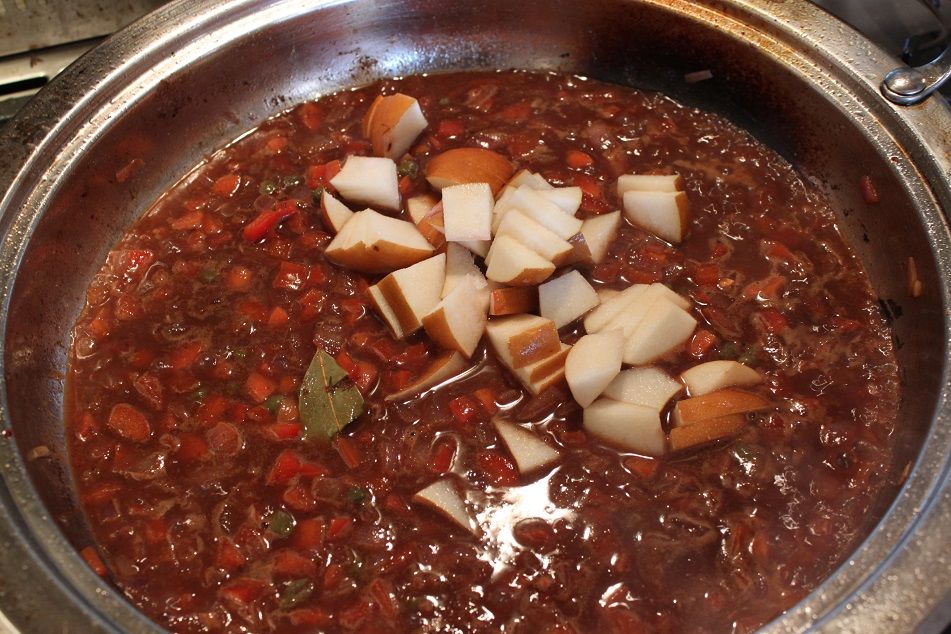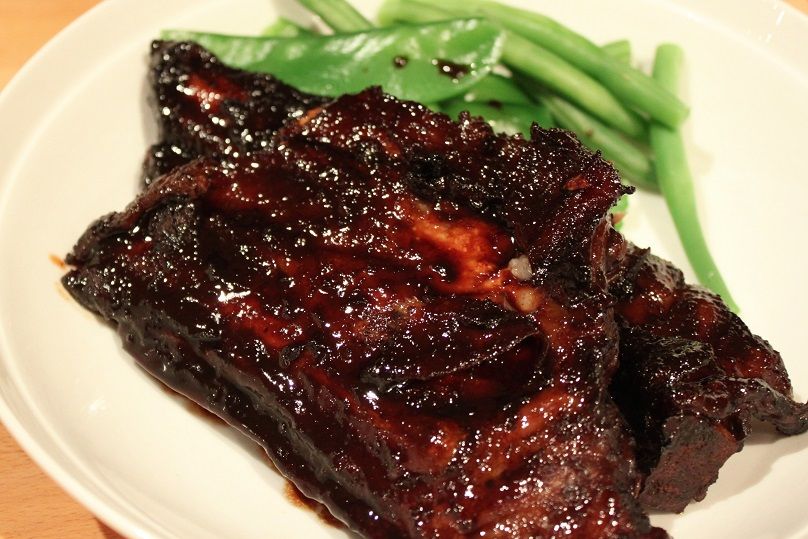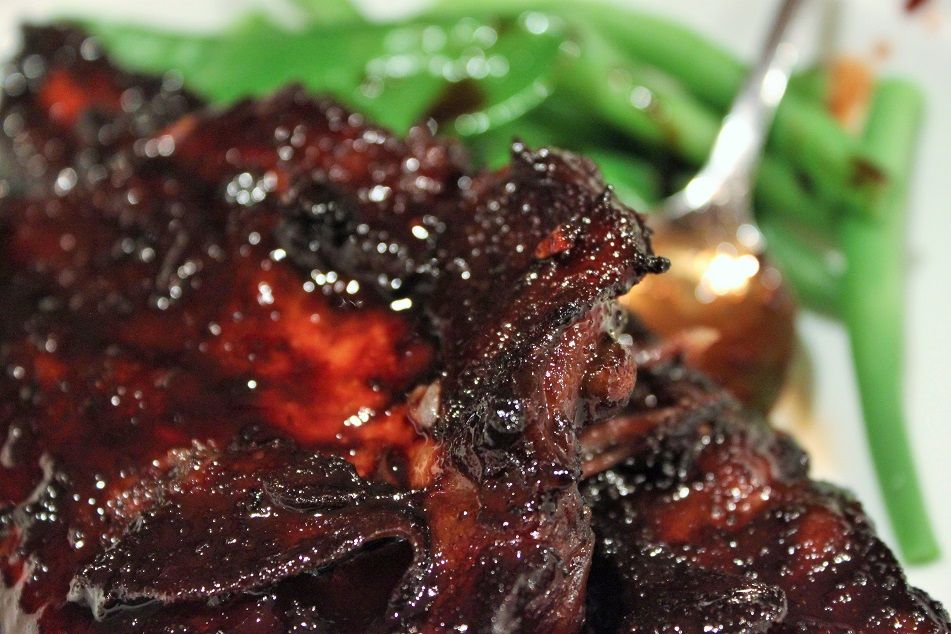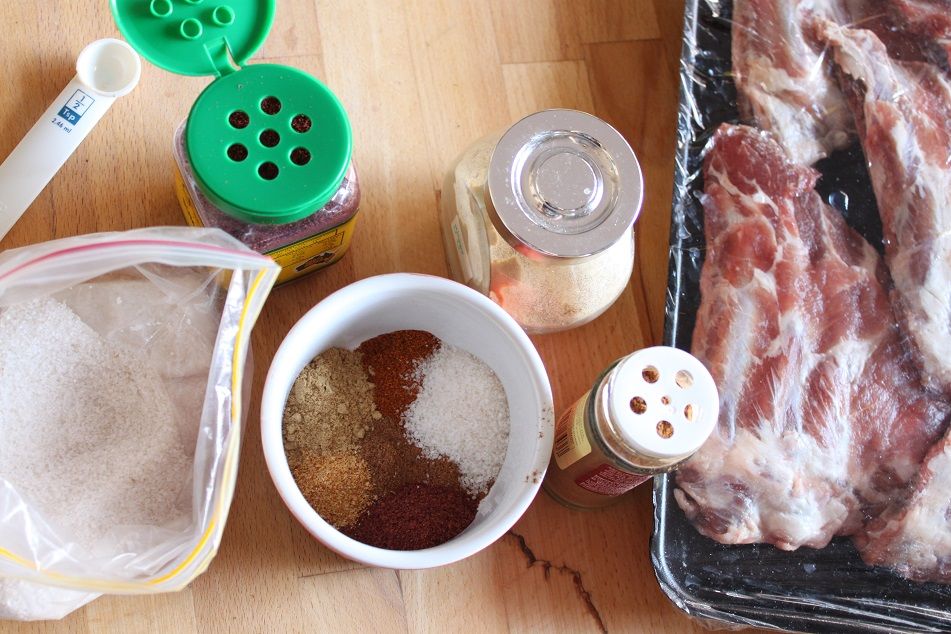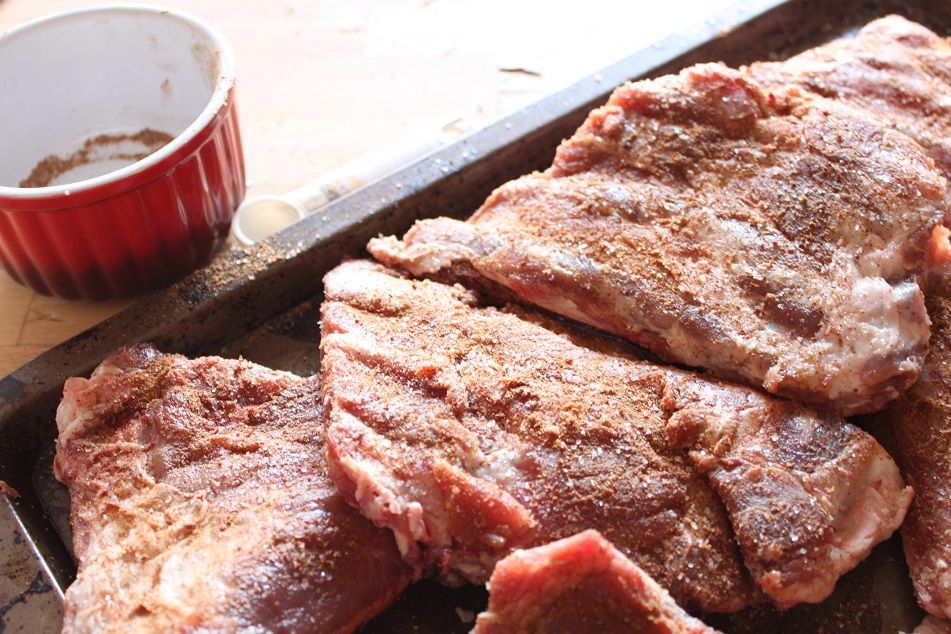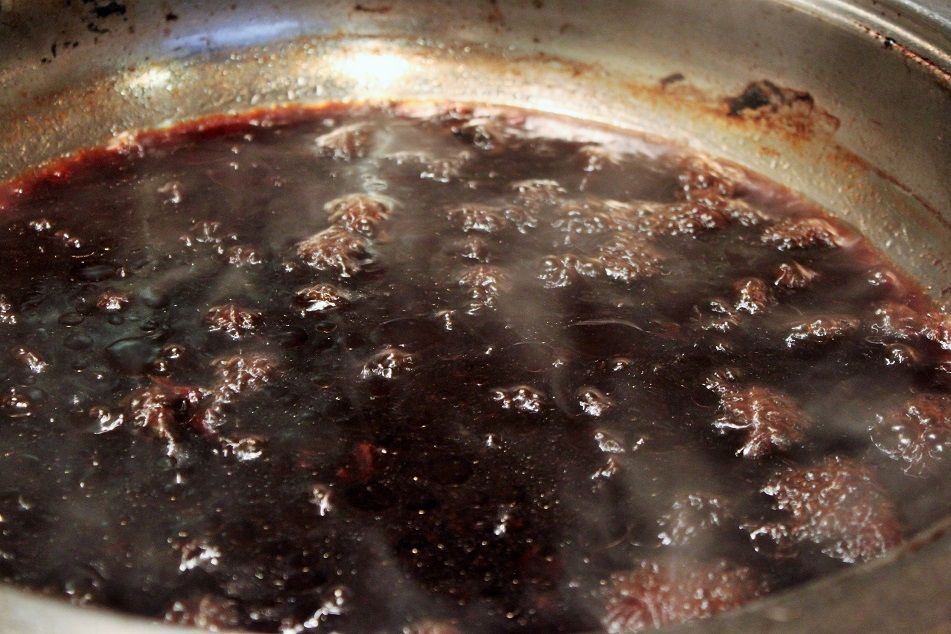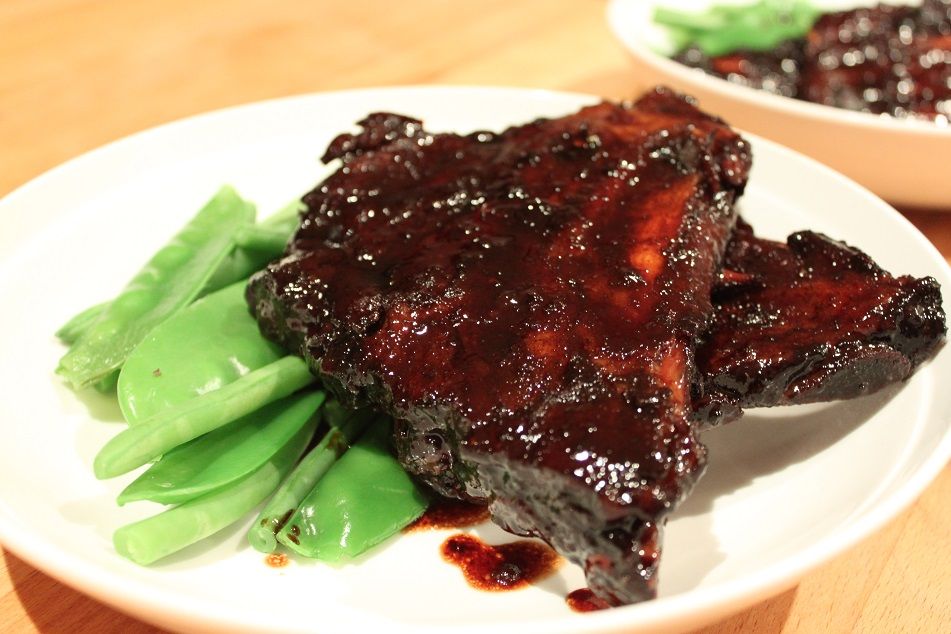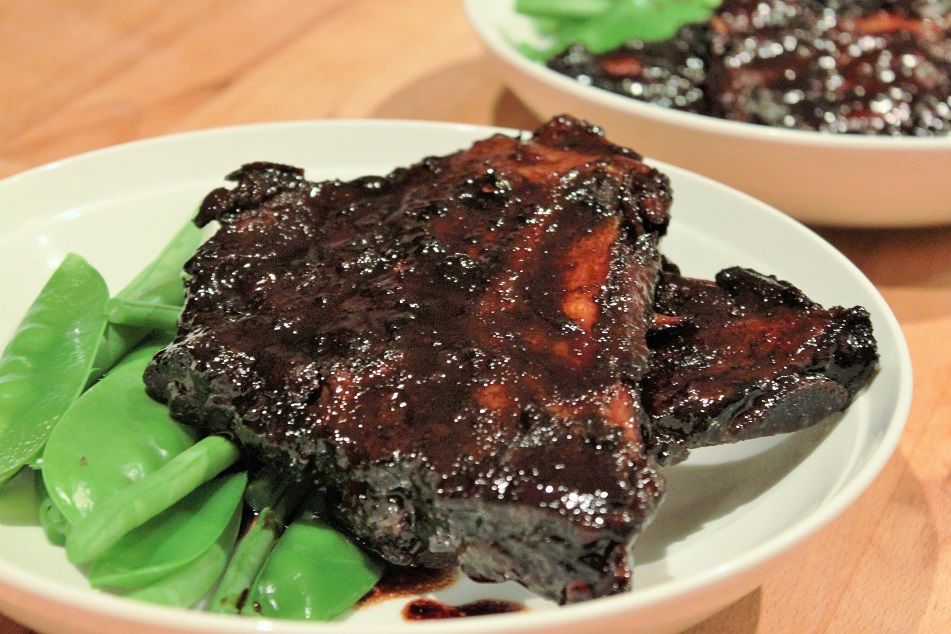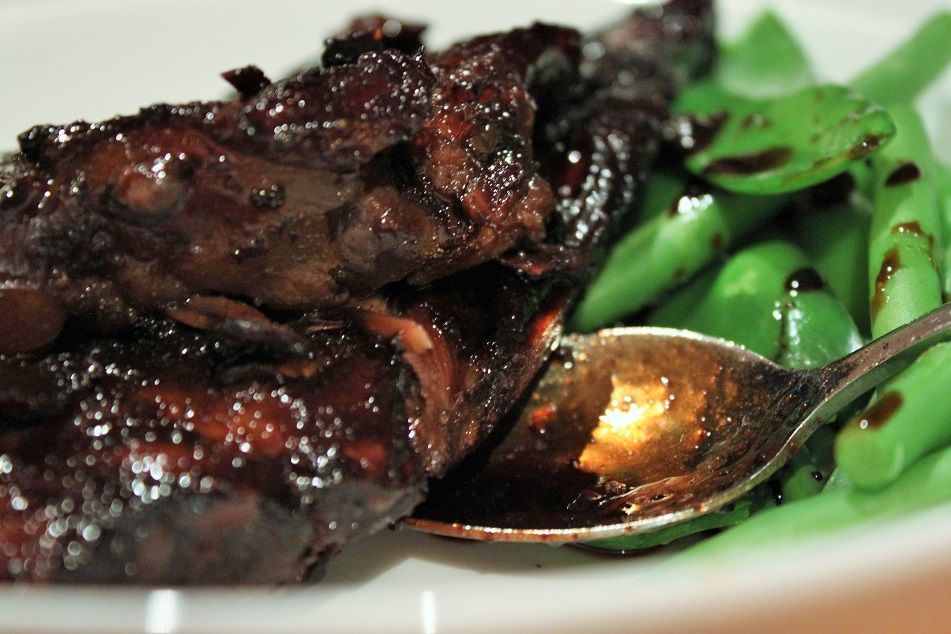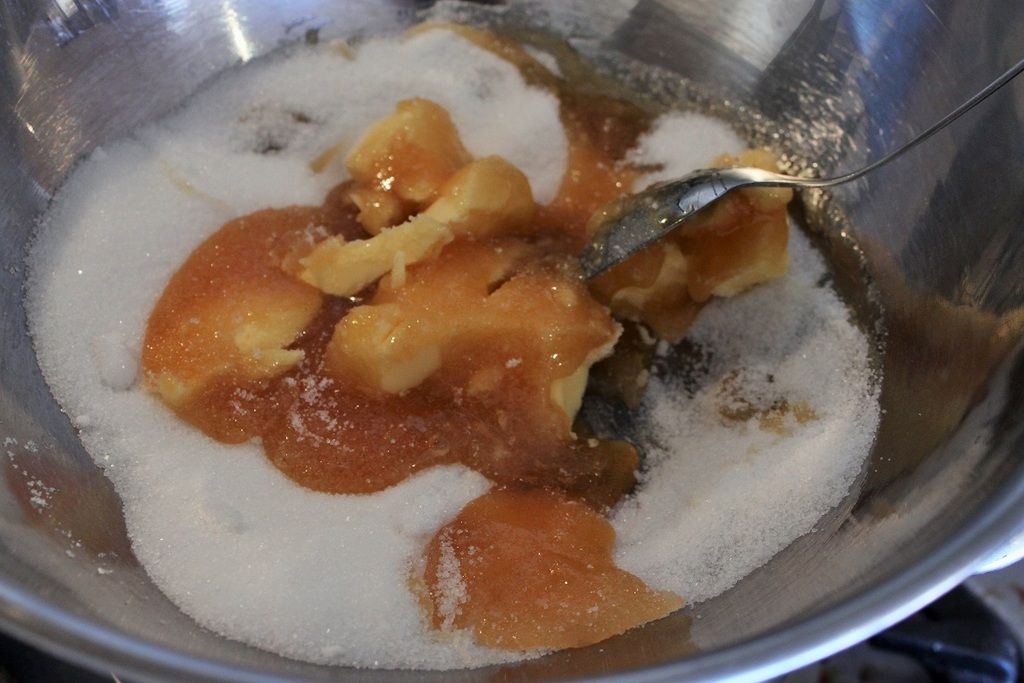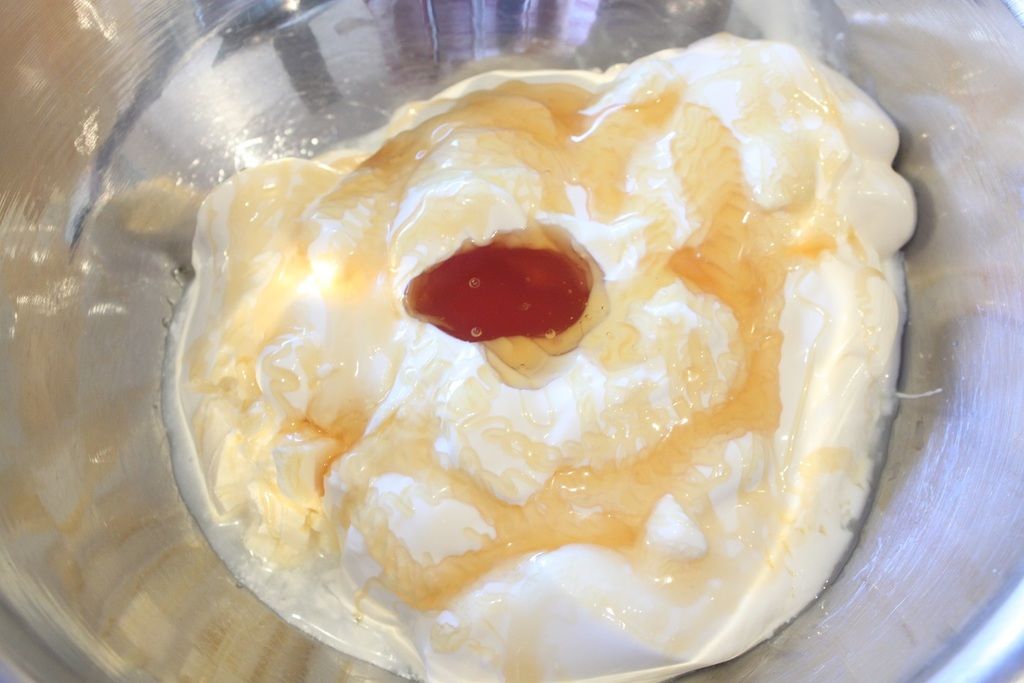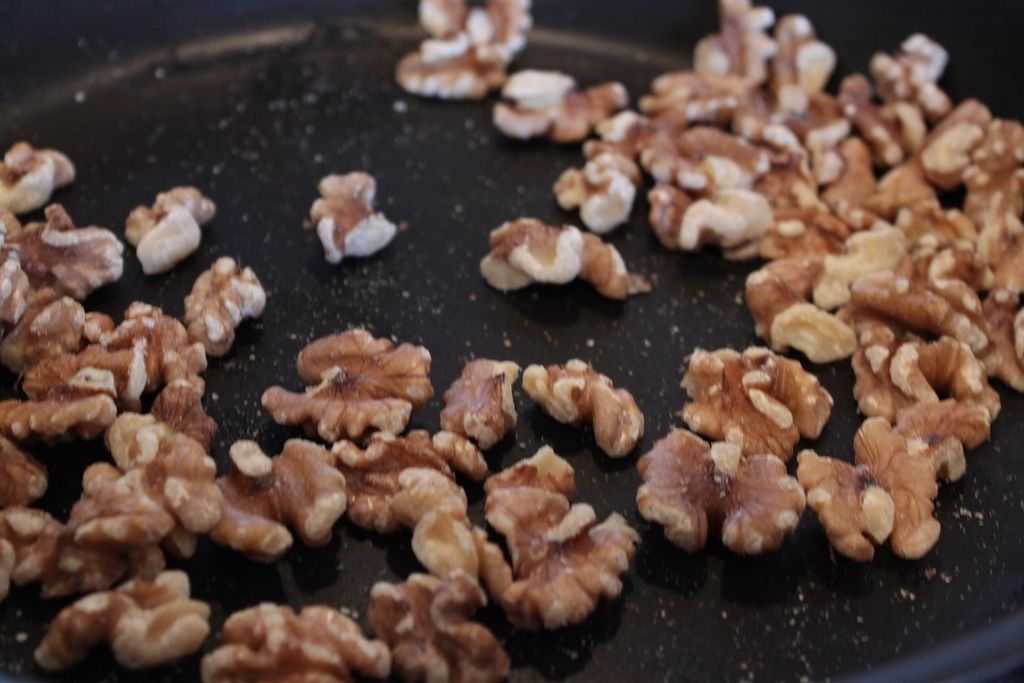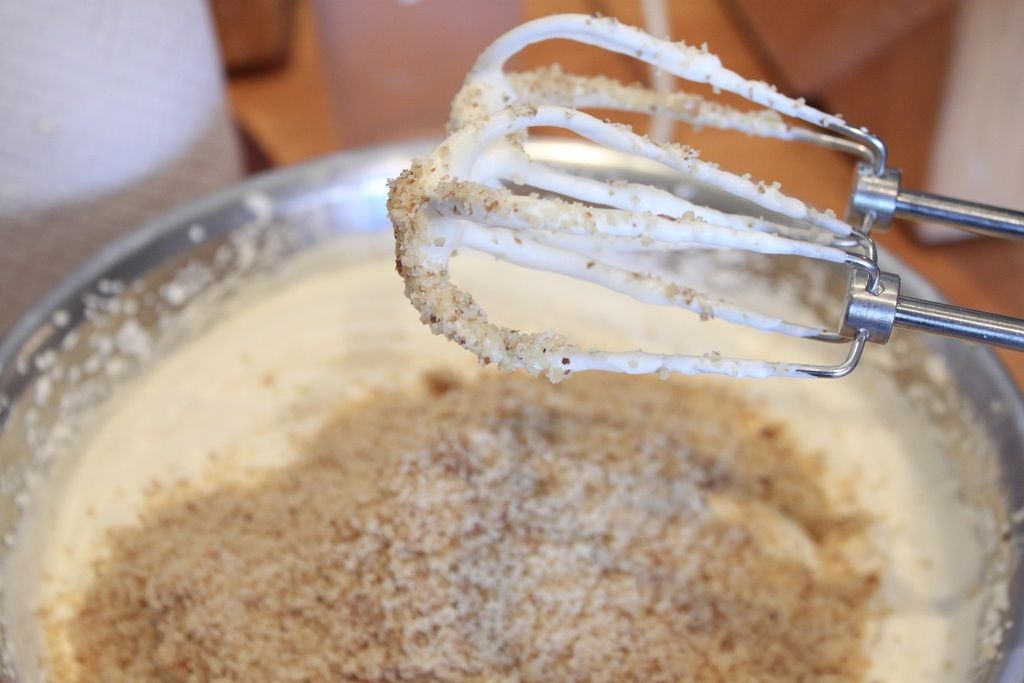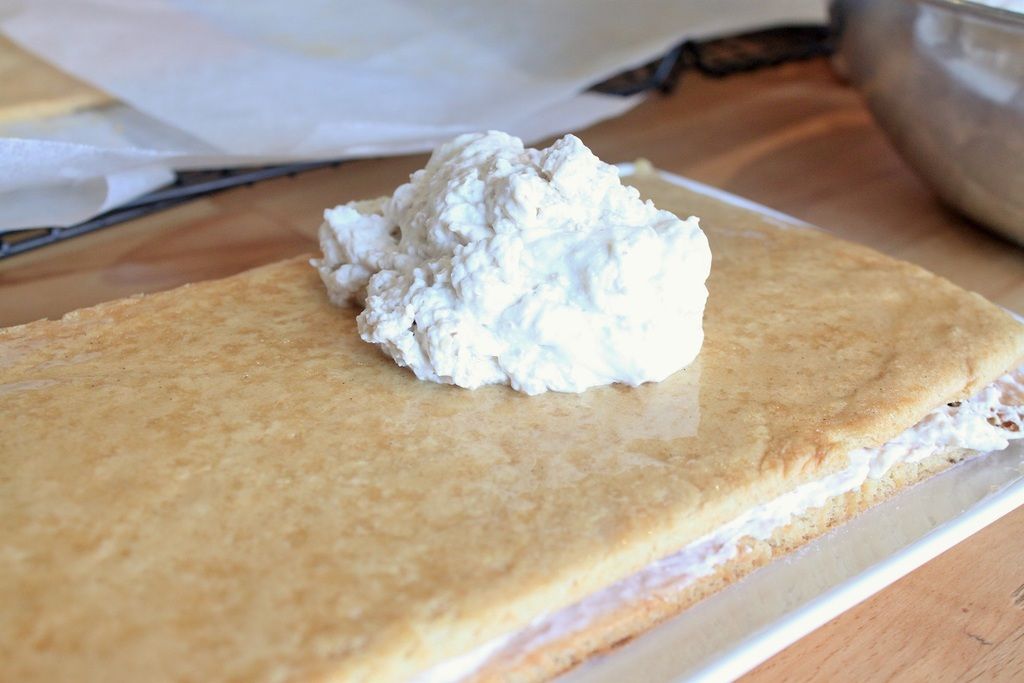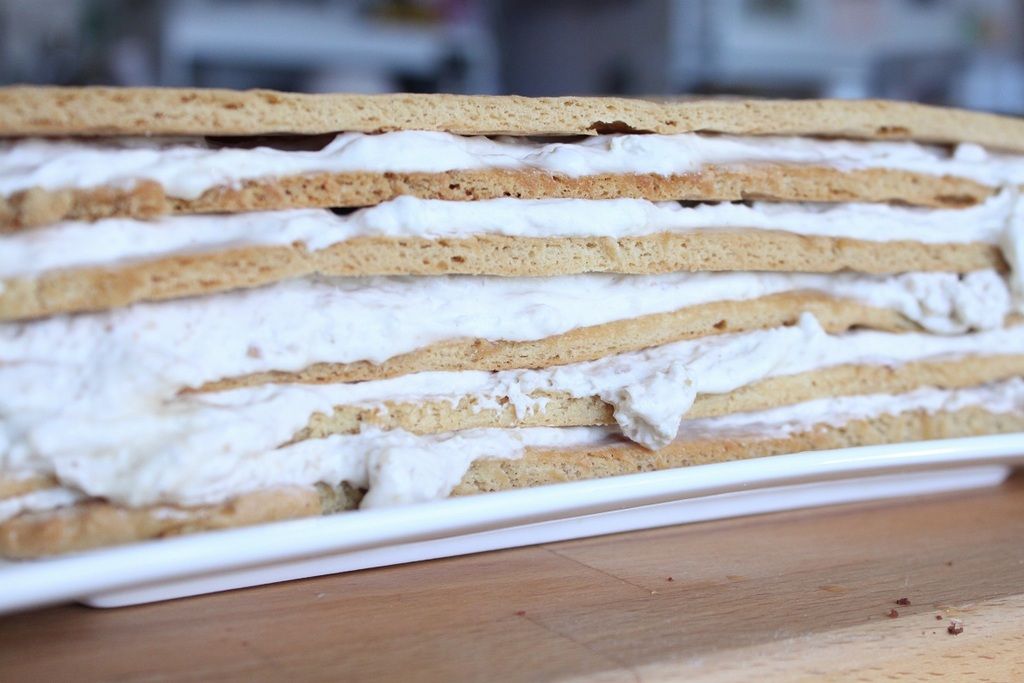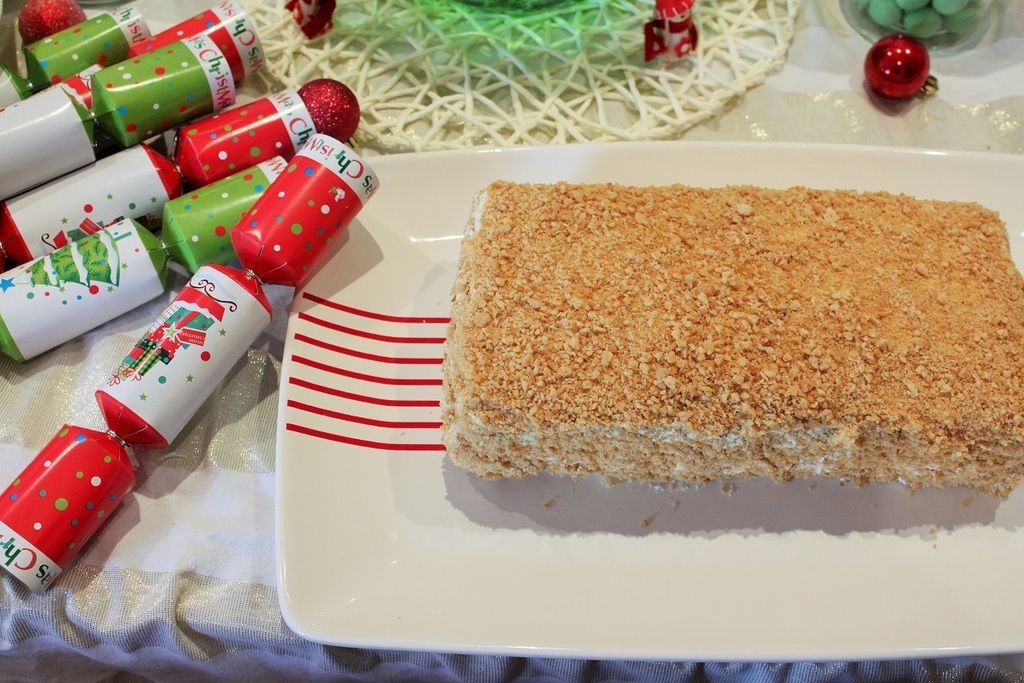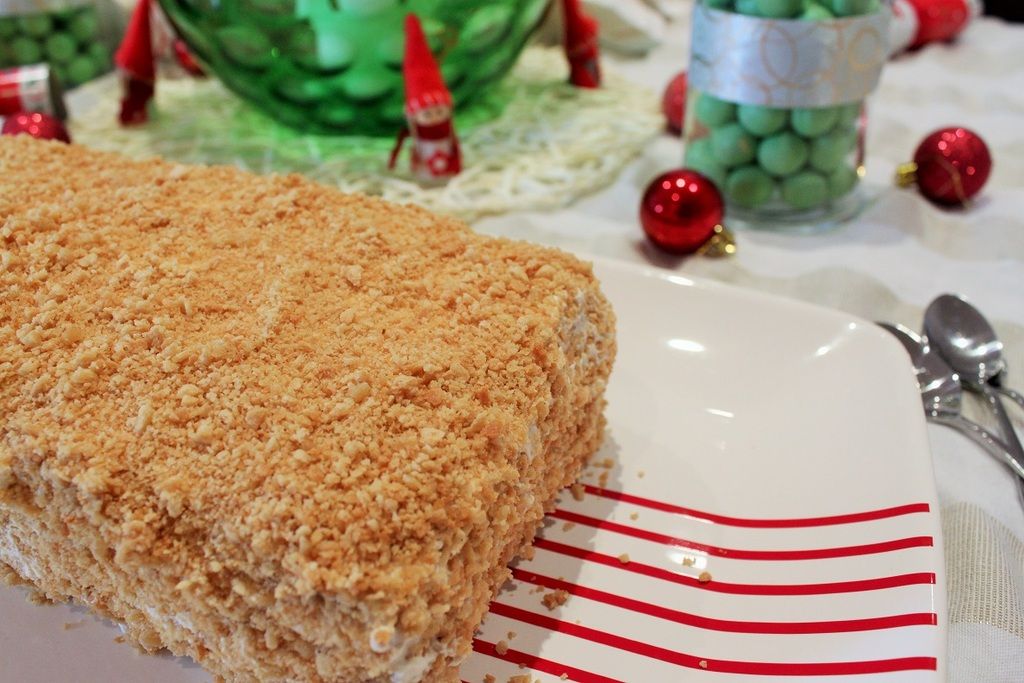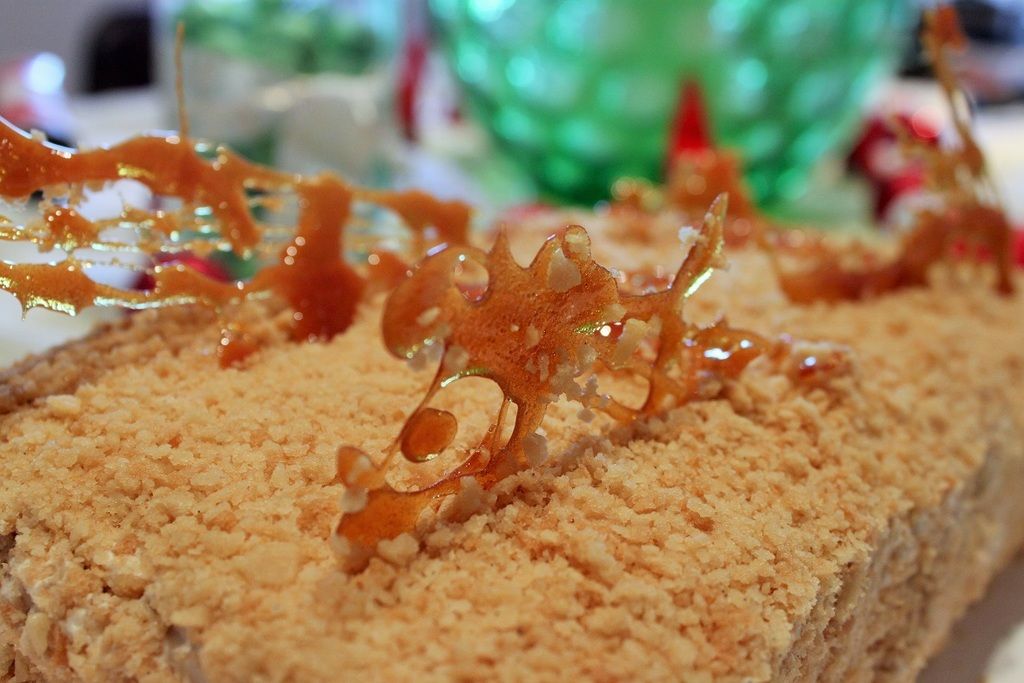When I was sitting and eating a bowl of my Beef, Pear and
Red Wine Casserole, my mind wandered into how the cinnamon and red wine were
like a mini-mulled wine with the beef. So naturally, my next thought was why
not make a full-on mulled wine casserole? Cinnamon, cardamom, cloves all lend
themselves to a hearty meat dish – as well as the wintery beverage. A lot of
casseroles already use red wine as a flavouring component, why not go all the
way and use a whole bottle? I know that you should use decent quality wine to cook with, but
when I’m using a whole bottle and adding a lot of other flavours to a dish, I’m
not reaching for my best bottle. It just won’t be appreciated. My general rule
is if you can’t drink it, don’t cook with it. There are a lot of good quality
lower cost spectrum wines available, try a few out until you find one you like. Just make sure you drink a good quality wine with the dish!
Kangaroo is a good meat to use for this dish as the wine and spices cut through the gameyness that can put people off. Adding the lentils makes it a one-pot meal. Meat and vege in one. Although I also served it with steamed sweet potato and sautéed kale with gorgonzola. That way I had leftovers to take to work! Whilst I am so ready for Spring, meals like this still make me appreciate the benefits of colder nights. It won’t be long til it’ll be nothing but BBQs and salads.
Mulled Wine Kangaroo
500g diced kangaroo
1 red onion, diced4 large garlic cloves, minced
1 tbsp rosemary leaves, minced
Juice and peel of one lemon
2 sticks cinnamon
5 cloves
5 cardamom pods
¼ cup brown sugar
1 cup beef stock
750mL bottle of red wine (something with oomph like a Shiraz or Cabernet Sauvignon)
2 carrots, cut into 2cm dice
1 cup de Puy lentils
Heat some olive oil in the base
of your slow cooker up to a medium high heat and brown the kangaroo pieces,
around 3 minutes on each side. Remove to a plate, cover and keep warm.
Turn the heat down to low and cook the red onion until translucent, around 5 minutes, then add the garlic cloves and rosemary. Stir and continue cooking 10 minutes until the onions start caramelising. Stir through the carrot and cook until it softens, 5 minutes.
Add the lemon juice and scrape up any bits that have stuck to the bottom of the pot. Add the stock, wine, sugar, spices and peel. Bring to the boil and add the kangaroo and lentils. Place into your slow cooker and cook on high for 2 hours, alternatively, just reduce the heat back to low, place the lid on and simmer for 45minutes to an hour, or the lentils are soft and the meat is tender and pulling apart.
Turn the heat down to low and cook the red onion until translucent, around 5 minutes, then add the garlic cloves and rosemary. Stir and continue cooking 10 minutes until the onions start caramelising. Stir through the carrot and cook until it softens, 5 minutes.
Add the lemon juice and scrape up any bits that have stuck to the bottom of the pot. Add the stock, wine, sugar, spices and peel. Bring to the boil and add the kangaroo and lentils. Place into your slow cooker and cook on high for 2 hours, alternatively, just reduce the heat back to low, place the lid on and simmer for 45minutes to an hour, or the lentils are soft and the meat is tender and pulling apart.
